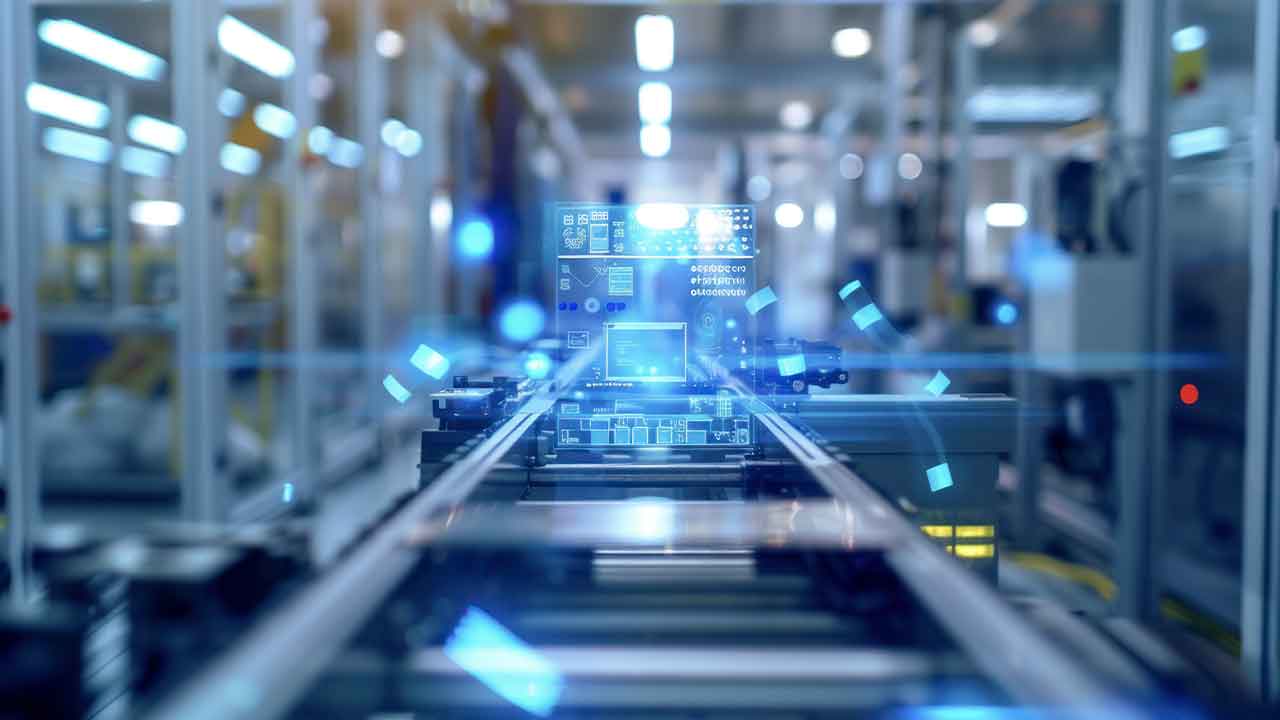Why a closed loop is key for machine learning
By now, the positive impact of digitalization in manufacturing environments is widely recognized — reduced costs, improved operational efficiency and greater productivity. But digitalization is not fulfilled by making just a single change. It is a continuous cycle of updates and improvements. To really thrive in this era, manufacturers must look at how Industry 4.0 technologies can be continuously optimized for the factory floor, such as machine learning (ML).
What is a closed loop?
A closed loop refers to a system or process in which there is a continuous feedback mechanism to monitor and adjust its operation based on the output or results. This feedback loop allows the system to self-regulate and maintain stability or achieve a desired outcome.
Closed loop in Machine Learning at the factory floor
A branch of artificial intelligence (AI), ML is the use and development of computer systems that learn and adapt without instructions or human interventions. This is carried out by using algorithms to analyze patterns in data from IoT sensors that ultimately solve a problem. More about Human-in-the-loop and machine learning.
It’s a trend that has grown massively in the last ten years, with North America leading ML adoption by 80 per cent of the world’s uptake. Its popularity lends itself to one of biggest benefits for manufacturers — predictive maintenance.
Machine learning algorithms can predict equipment failures before they occur, often detecting vibrations or energy loss. This allows manufacturers to schedule timely maintenance, reduce unnecessary downtime and its consequential financial loss. In fact, ML algorithms can predict equipment failure with an accuracy of 92 per cent, so it’s no surprise it’s a huge asset manufacturing can rely on. It enables businesses to plan their maintenance schedules more effectively, improving asset reliability, and ultimately deliver better product quality.
Closed loop integration with ML, open opportunities
However, like many areas of IoT technology, there is always room for improvement. For manufacturers looking to fill the gaps and optimize as many processes as possible, they can opt for a “closed-loop” system to integrate with ML.
This involves an electronic device that automatically regulates a system to maintain a desired state or set point without human interaction, usually relying on a feedback system or sensor. The main advantage is that a closed-loop system provides higher accuracy due to the ability to react immediately within milliseconds.
A closed loop in relation to machine learning uses the result of the ML model to automatically take actions. For instance, an optimization model is used to calculate optimal settings for a machine, based on sensor data. The output of the model is then used to directly control the settings in the machine, without any human intervention.
Furthermore, an anomaly detection model can also be used to identify faulty products through vision inspection. When a faulty part is found, it triggers a machine to remove it from the manufacturing line. Here, a closed loop presents advantages such as reduced latency for faster reaction times, and autonomous operation, which eliminates labor costs for manual interventions.
Closed Loop in Machine Learning Conclusions
With the boom of digitalization, manufacturers have to contend with many changes if they want to remain competitive and productive. ML has the ability to transform a plant by increasing efficiency and productivity. But considering a closed loop system can elevate technologies such as ML to ensure manufactures resolve even the slightest of inefficiencies to make the factory floor run smoother.



